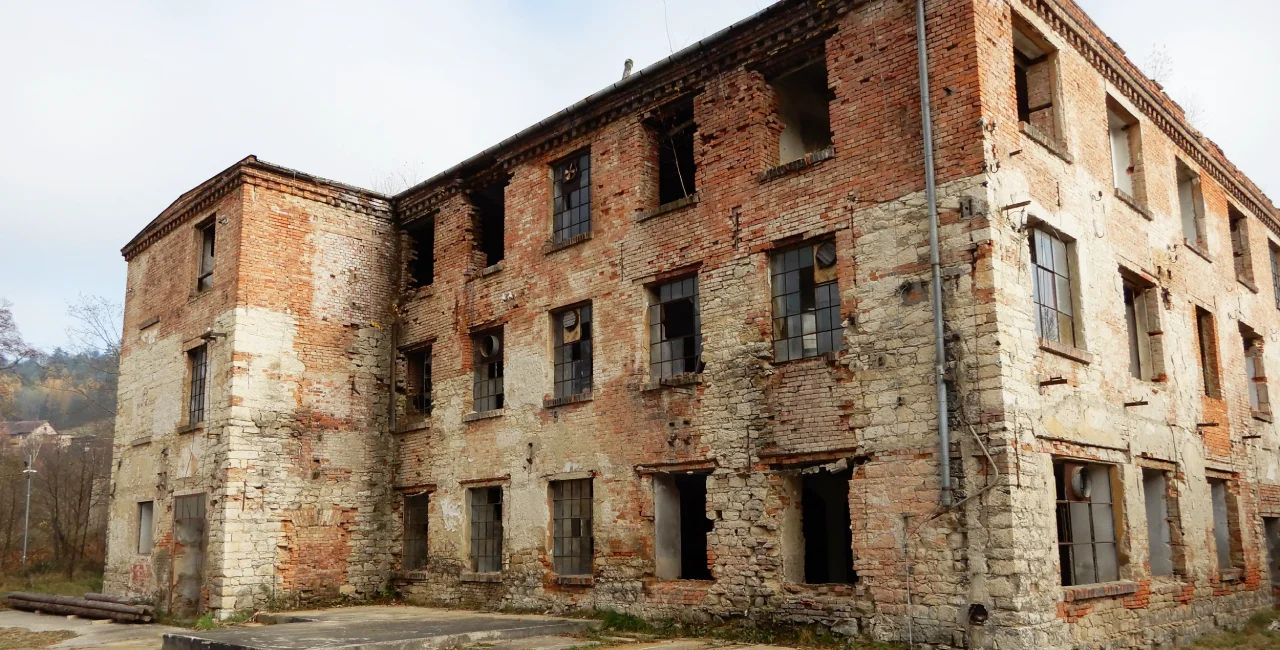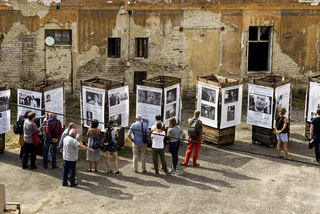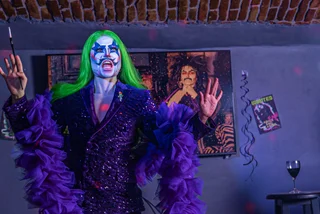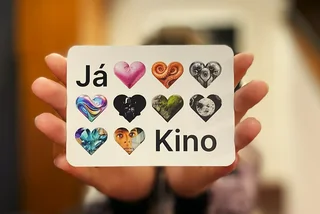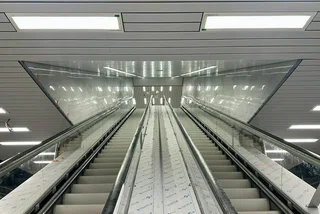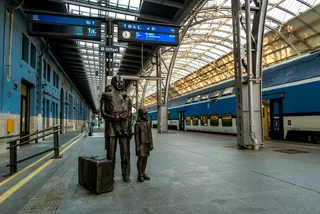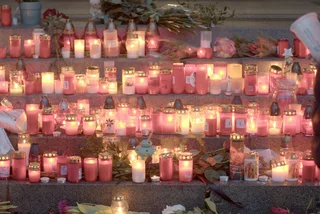After years of preparations, the Museum of Survivors in Brněnec, in Czechia's Pardubice Region, officially opened to the public on Saturday. The museum is housed in the former factory of Oskar Schindler, the businessman renowned for saving over 1,200 Jews during World War II. His story was famously recounted in the film Schindler's List.
The factory, which produced ammunition during the war, was later converted into a branch of the Gross-Rosen concentration camp. Now, the site offers a space for reflection on Schindler's legacy and the history of Holocaust survivors.
Managed by the Schindler’s Ark project, the museum opened this weekend with two special exhibitions, accessible only during designated tours this year. Milan Sudoma, manager of the project, confirmed the temporary nature of these exhibitions, with plans for broader access in the future.
Tributes to female designers and Holocaust survivors
The museum's permanent exhibition, Starting at Zero, was originally housed in Brno’s UNESCO-listed Villa Tugendhat before being relocated to Brněnec. This collection focuses on the work of female designers from the Bauhaus art school, who had to rebuild their careers after the rise of Nazism.
Featuring textiles, prints, and ceramics, the exhibition highlights their struggle for recognition and their resilience in a turbulent historical context.
Another significant exhibition within the museum examines life in the concentration camps, focusing on the survivors of the Holocaust. This collection includes photographs, documents, and personal items from the period, such as suitcases and a motorcycle, placed in glass cases for visitors to examine.
Audiovisual presentations complement the displays, offering a deeper understanding of the traumatic experiences of those who lived through the Holocaust.
Historical significance and future plans
The former factory in Brněnec has a rich history, starting as a paper mill before being converted into a textile factory by Isaac Low-Beer. Schindler later took control of the factory, using it to protect his Jewish workers from deportation to extermination camps.
In total, Schindler saved approximately 1,200 Jews by transferring them from the Plaszow ghetto to the factory in Brněnec. His efforts were later recognized globally, and his story was immortalized in Thomas Keneally’s book Schindler’s Ark, which became the basis for Steven Spielberg's Oscar-winning film Schindler’s List.
Despite Schindler's heroic actions, the factory’s post-war history was marked by economic challenges. After the fall of communism in 1989, the factory underwent several ownership changes before falling into insolvency in 2004. The buildings remained abandoned until the Ark Foundation of the Low-Beer and Schindler families purchased the site in 2018.
The foundation has plans to renovate the factory, preserve its historical significance, and transform the area into a hub for educational activities and craft workshops. The site will also feature residential areas, combining heritage preservation with modern functionality.
Keneally was initially expected to attend the opening of the museum on Saturday, but had to bow out due to health reasons. Instead, his daughter presented a portion of his original manuscript to curators during the opening. More information about the museum can be found through the Arks Foundation website.












 Reading time: 2 minutes
Reading time: 2 minutes 